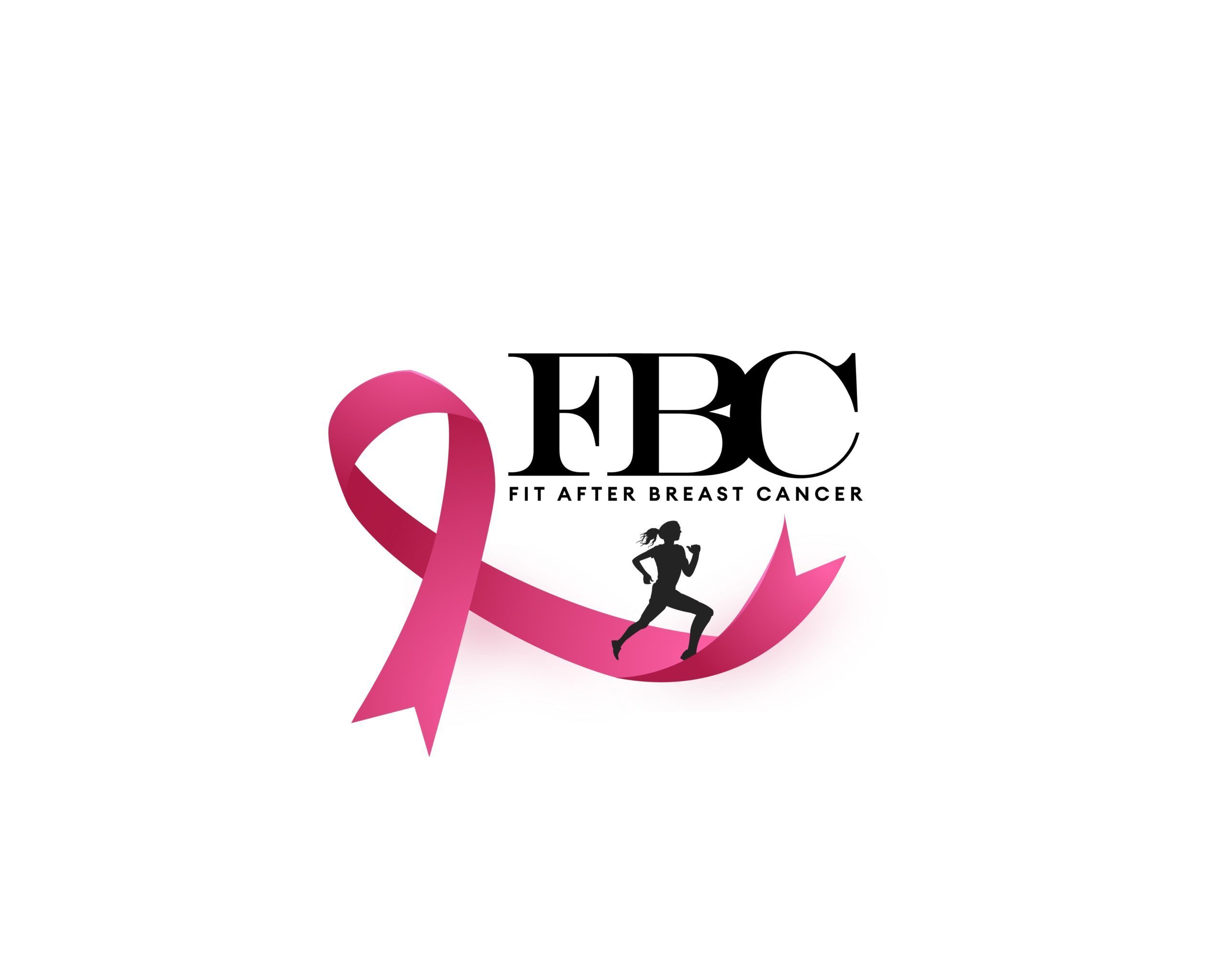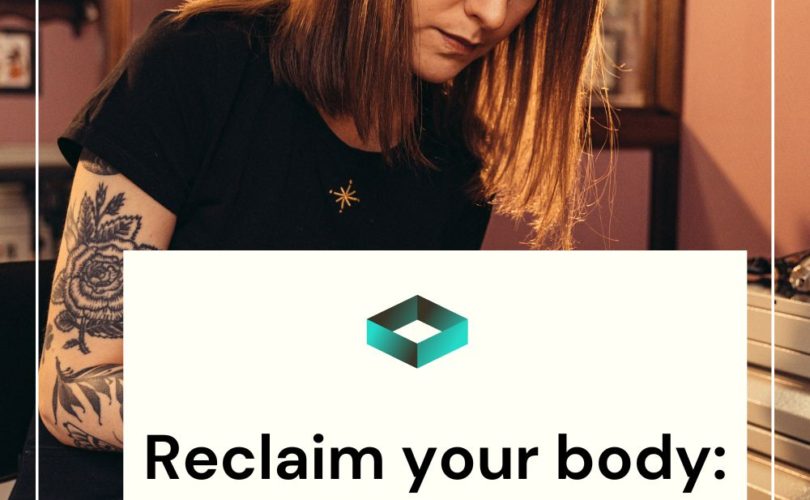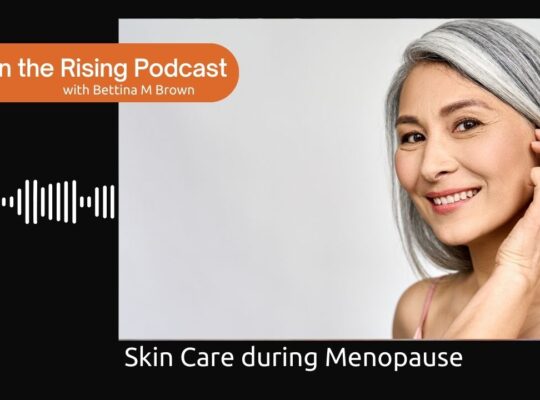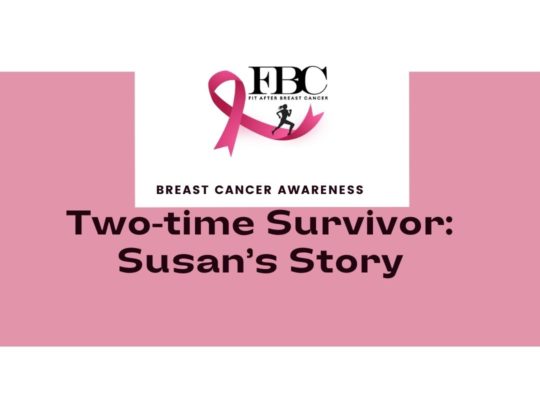Tattoos are permanent markings that have been around for centuries. These designs were created as a form of expression, for religious purposes, status symbol statements, permanent cosmetics, or a rite of passage. More recently, they have also found their way into the medical arena, helping women with breast cancer recovery goals.
Tattoos history in culture has varied
The earliest evidence of tattooing has been found in the Iceman from 5000 BC and in Egyptian mummies from 2000 B.C. Numerous cultures used tattoos as permanent skin and body adornment, showing status and beauty.
Until the latter half of the 20th century, the presence of tattoos on the body in western culture was not readily accepted. Tattoos have had a strong link within each culture. They were initially seen as the decorative acts of lowly sailors and prisoners. Women, especially, were looked down upon if they had tattoos, as only prostitutes and carnival attractions would sport them. In some jurisdictions, tattoos were even illegal.
However, social acceptance of tattoos has transitioned in modern times- from being associated with lawlessness to becoming a more routine part of society. Even a few years ago, healthcare workers were told to cover their tattoos because patients would think their providers were less competent, trustworthy, or approachable. There has been a slow transition of acceptance and, with-it newfound uses of these permanent markings.
“Will I ever feel normal again after breast cancer?”
This is a question that many women I have worked with as a physical therapist ask themselves and providers in their medical team. But feeling normal means different things to different women. Some women are more focused on their ability to physically complete the activities that they love. For other women, the idea that their body is now changed due to surgery and radiation makes them feel incomplete; a part of themselves that is forever gone.
Tattoos as Part of Treatment for Breast Cancer Treatment
With so many women diagnosed with cancer, the medical emphasis has been on treatment. There is room to learn about post-surgery recovery. The type of intervention a woman will need depends on the type of cancer and location. Some women may require an excision, while others will have a lumpectomy or mastectomy.
The remaining tissue after surgery may have a different shape and feel. Some women end up with a great deal of scar tissue, and the new appearance can be emotionally challenging. With an alteration of the body, many women experience less confidence and lower self-esteem. A woman’s breasts aren’t just a significant component of how women view themselves but also how society interacts with them.
- 1 in 8 women over 70 is diagnosed with breast cancer each year
- Over 250,000 women struggle yearly with breast cancer
After facing a disease that can be life-threatening and confidence-reducing, many women have the potential to have breast reconstruction. This is yet another form of breast cancer surgery and can profoundly affect women emotionally as they often struggle to find their identity afterward. Some studies show that there can be a complication rate of 10%, ranging from minor pain and discomfort, to sleep disturbance and infection.
The final stage: completing breast reconstruction
Women with breast cancer have had an increasing number of options for treatment Reconstruction is typically the final stage of a woman’s breast cancer recovery journey. The decision for a person to undergo reconstruction is an emotional one, but the decision itself can be exhausting.
As recently as 2018, there were over 100,000 reconstruction surgeries performed yearly. Currently, there are three main types of breast reconstruction-external prosthesis, implants, or moving tissue from another part of the body. Some surgeries are nipple-sparing, while others are not.
Integrating tattoos into the breast reconstruction process and cancer treatment
With new advances in technology and surgery, breast reconstruction has been safer and more effective. One thing that had been missing for some time was the breast’s authentic look. Even with the final stage of surgery, the cancer chapter is visible on the skin. Therefore, one exciting and evolving reconstruction method involves adding pigment or tattooing the newly reconstructed breast to appear as though a nipple is still present.
After the tattoo, the site will remain sensitive, and your artist will give aftercare techniques. The tattoo process includes having a person-to-person discussion of the goals and expectations. The purpose of the 3-D tattoo is to make the surgery complete a natural breast appearance and reduce the constant visual reminder of cancer. A nipple on the breast is an essential part of our anatomy, and not having it there can make some women feel as though a part of what makes them a female is “missing.”
Therefore, one exciting and evolving reconstruction method involves adding light and dark pigment or tattooing the newly reconstructed breast to appear as though a nipple is still present. The use of color provides the 3D effect.
For some women, the scar tissue becomes very sensitive, and the idea of a tattoo on this area is poor. However, there are tools in each tattoo artist’s toolbox to make the experience less painful and more rewarding. The artists can numb the area before the tattoo. Mindfulness and breathing techniques can be used as well.
Breast reconstruction can improve a woman’s self-image and emotional well-being, which are crucial during and after cancer treatment. As tattoos became less taboo with time, the benefit of tattoos in the reconstruction process started to come to light. No longer were tattoos seen as something rebellious or dangerous but as something that can help people heal. Tattoos and medicine are beginning a fruitful journey together.
Process for finding the right tattoo artist
To find a local artist, begin by asking your treatment team. They will often work directly with local artists, as many artists will inform the local breast centers of their work to increase their business. Be sure to ask questions to your comfort level. Ensure that you observe your artist use sterile equipment and clean their work area. There is always a risk of infection with any tattoo. The goal is to reduce this possibility as much as possible.
A skilled artist will work hard to draw a tattoo that restores the appearance of the areola and nipple. Tattoo inks have undergone many changes, and the various colors will require aftercare treatment that is adhered to so that the color and appearance will maintain for several years. It is best to avoid swimming and to sunbathe after the tattoo. In addition, any extra activity that makes you sweat more should be avoided initially.
Tattoos are still micro injuries injecting ink under the top layer of the skin. After the tattoo has been drawn on top of the area and tattoo is completed, it will appear red and swollen. You may have more than one session, typically weeks apart, to give the area time to heal. This also allows the artist to see how well you take the ink.
Integrating tattoos into the breast reconstruction process and cancer treatment
Looking at reconstruction as part of cancer treatment may help women make the most informed decisions. Tattooing is now a part of a treatment plan for many women. It is not surprising then that they are now being used for those who have gone through breast cancer can celebrate success and put the “final touches” using this old method of body art. Having the nipple present means that the breast looks intact, giving it a more natural appearance.
Researcher Andrea Smallman et al. decided to look into how satisfied people were after having undergone this type of tattooing. The researchers used The Breast Q measure, a statistically validated assessment, to learn more about quality-of-life efforts. It was used to see how women felt after breast reconstruction/nipple pigmentation. This assessment found that women who had undergone 3-D pigmentation/tattooing felt higher “well-being” and “psychological well-being.”
Only some people are eligible for a tattoo. Tattoos, by nature, create inflammation in an area that has undergone a lot of trauma… and may create an inflammatory response from tattooing. Perhaps the skin is too thin or damaged from breast cancer treatment such as surgery or radiation. Check with your treatment team to see if you would benefit from undergoing 3-D tattoo reconstruction.
Though this article focuses on nipple reconstruction, tattoos are often used to cover areas of mastectomy. A mastectomy tattoo carries all the risks and rewards, allowing women to control their bodies. A tattoo can help women feel “complete” again regardless of what is chosen.
Tattoos may benefit breast cancer survivors in more significant ways than initially known. Tattoos can improve self-image and emotional well-being after breast cancer treatment. Women who have had a breast cancer diagnosis look to feel like “complete” women and not “cancer patients.” Knowing this, medical treatment teams should not ignore or undermine the importance of body image to the emotional health of patients. However, with the completion of a tattoo, a woman can feel confident again.
Highlights
- Women choose to feel complete by having their breast area acknowledged with tattoos.
- The tattoo process could work for women with reconstruction or mastectomies.
- Find an artist that specializes in this work or has a great deal of experience.
- New 3-D tattoos can create the appearance of the nipple and areola
- There are several options available to women regarding tattoos.
- A tattoo can represent the final step of the physical breast cancer journey.
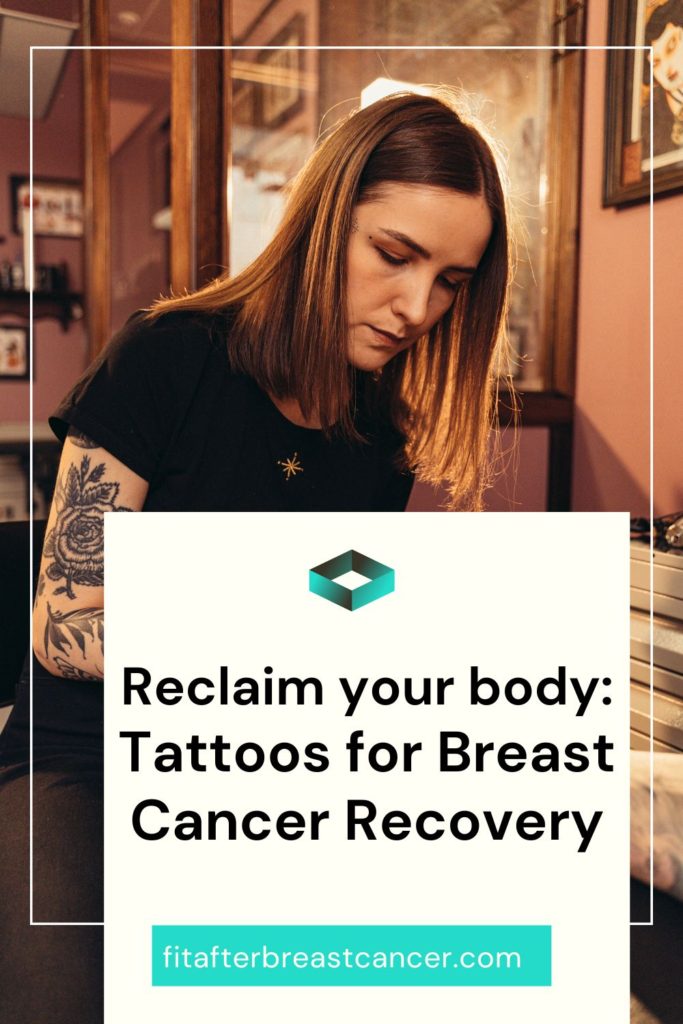
Tattoos are helping women with breast cancer recovery goals.
Sharing is caring! If you know someone who would benefit from this article: share!
